
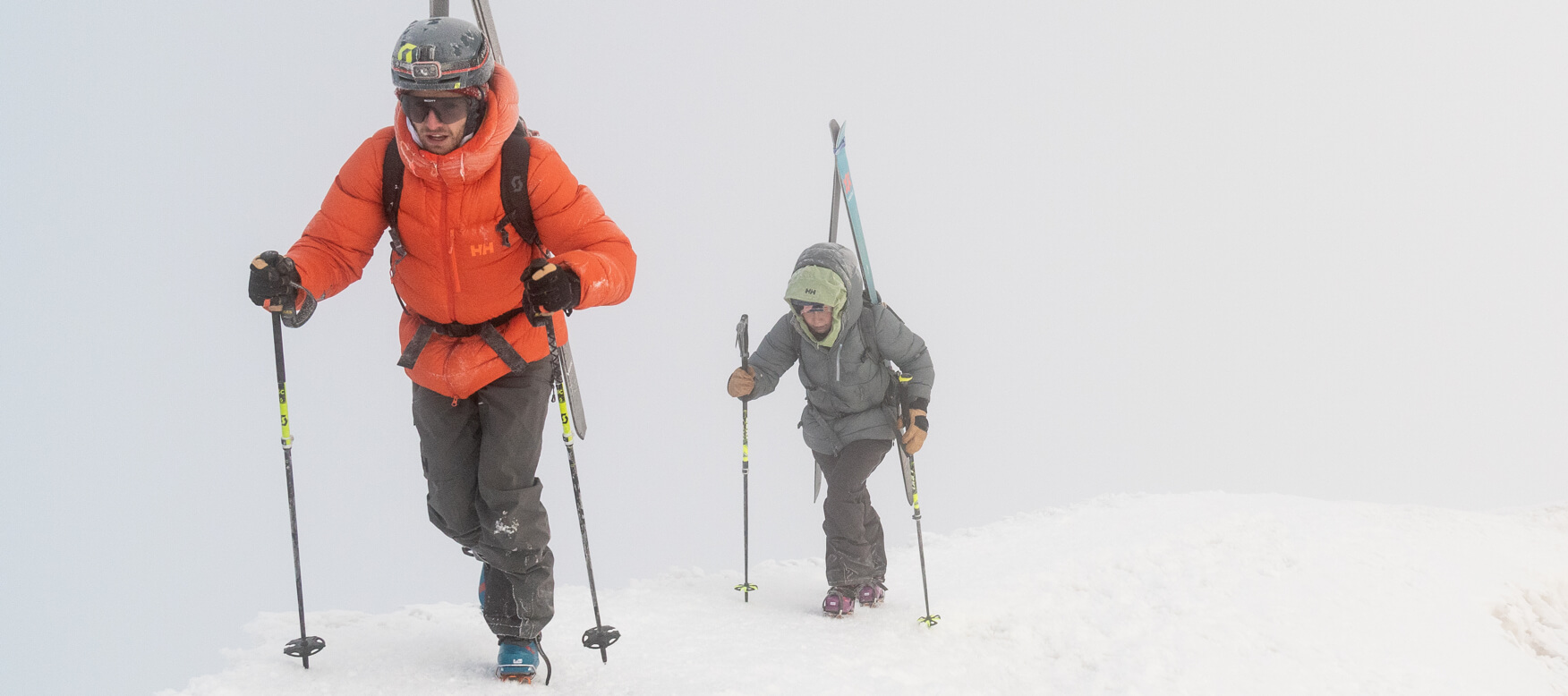
Staying Alive: Preparing for the Unpredictable
February 08, 2022
7 min read
UNPREPARED
On January 12, 2017, I held a close friend in my arms as he entered decompensated shock.
He had been caught in an avalanche and suffered major multisystem trauma.
A later exam would reveal he had broken 11 ribs, damaged a lung, lacerated his liver and right kidney, and completely shattered his pelvis.
Connor almost died twice that day.
When the avalanche first ripped out from under him, Connor was swept off his feet and pulled beneath the churning frenzy.
In a move of athleticism and grace that I still think about, Connor pulled the trigger on his avalanche backpack and deployed his airbag. That move probably saved him from a total burial.
The second time he almost died occured 30 minutes later.
After successfully locating and unburying Connor, I was unable to recognize the severity of his injury and my ignorance nearly killed him.
We were too deep and Connor was dying.
We needed help.
Luck, cell service, and Teton County Search & Rescue saved Connor that day.
In retrospect, my critical error was simple; I was unfamiliar with the signs and symptoms of shock.
Until that point in my life, I had yet to encounter someone who had been really, really injured. My experience so far had led me to believe that every problem could be handled with ingenuity and grit. But ten more minutes of trying to solve Connor’s injuries with ‘ingenuity and grit’ would have killed him.
The brief definition of shock is “a state of cellular and tissue hypoxia due to either reduced oxygen delivery or inadequate oxygen utilization.”
Put in simple terms: shock is the process of your body dying.
In Connor’s case, massive internal bleeding prevented his body from delivering oxygen to his most vital organs. His blood was still inside his body, but his systems were too damaged to oxygenate and circulate it properly: Cue shock.
Surprisingly, shock presents similarly in almost all forms of death. Whether you’re a victim of a car crash, heart attack, allergic reaction, snake bite, or gunshot—if it's going to kill you—the signs and symptoms of shock will accompany you to death's door.
Connor presented with the classic signs and symptoms of shock almost immediately; altered mental status, pale, cool, clammy skin, rapid pulse, and respiratory rate… his body was fighting to stay alive. Had I been able to recognize shock, I would have called Search & Rescue immediately. Instead, it wasn't until every other option was exhausted that I finally called for help over 45 minutes later. Connor was rescued by helicopter with only minutes of daylight and life left to spare.
Those 45 minutes haunt me.
An hour would have been certain death.
An educated partner would have called for help in less than 10.
I would later learn that 10 minutes is more than enough time to do a thorough patient assessment.
Those wasted minutes haunted me for a year before I fully confronted them.
Even then, it took me another year to do anything about it.
I started with more thorough avalanche training.
I tried to avoid the memory of the situation that drove me towards education.
And that helped. It felt good to learn more about why the avalanche happened—to face the forces and the catalyst of so much pain.
And then it happened again.

REALITY
In the spring of 2020, I was out skiing with professional skier Caite Zeliff. She had asked me to accompany her for a day of filming as she worked to create her film segment for Teton Gravity Research.
In an eerie twist of fate, she crashed on the same objective Connor and I had set out to ski back in 2017.
Again, I was presented with a problem I couldn't fix.
A dear friend who was injured to an extent I couldn't identify.
Through an act of unbelievable strength and will, Caite rescued herself that day with a broken leg.
On that long ski out, Caite said something to me I’ll never forget…
“I know you have to listen to your gut. If you have a bad feeling about something, don’t do it. But if you don’t do something every time you’ve got a flutter in your gut, you’ll never be a pro skier.”
I thought I understood the concept of inherent risk in skiing and especially professional skiing. What I didn't understand, and what Caite’s comment made me realize, is that inherent risk means inevitable injury on a long enough timeline.
And that might sound scary, or I don’t know, pessimistic.
But what it really is, is a mature view.
Because participating in that level of skiing and not acknowledging the risk is unenlightened. Because, yes, while acceptance might inspire fear, it also creates respect and depth.
Without understanding the potential consequence of our actions in the mountains, our actions are rendered equally inconsequential—the skier becomes a player in a video game—the value of task and life diminished by operating in a realm of unreality.
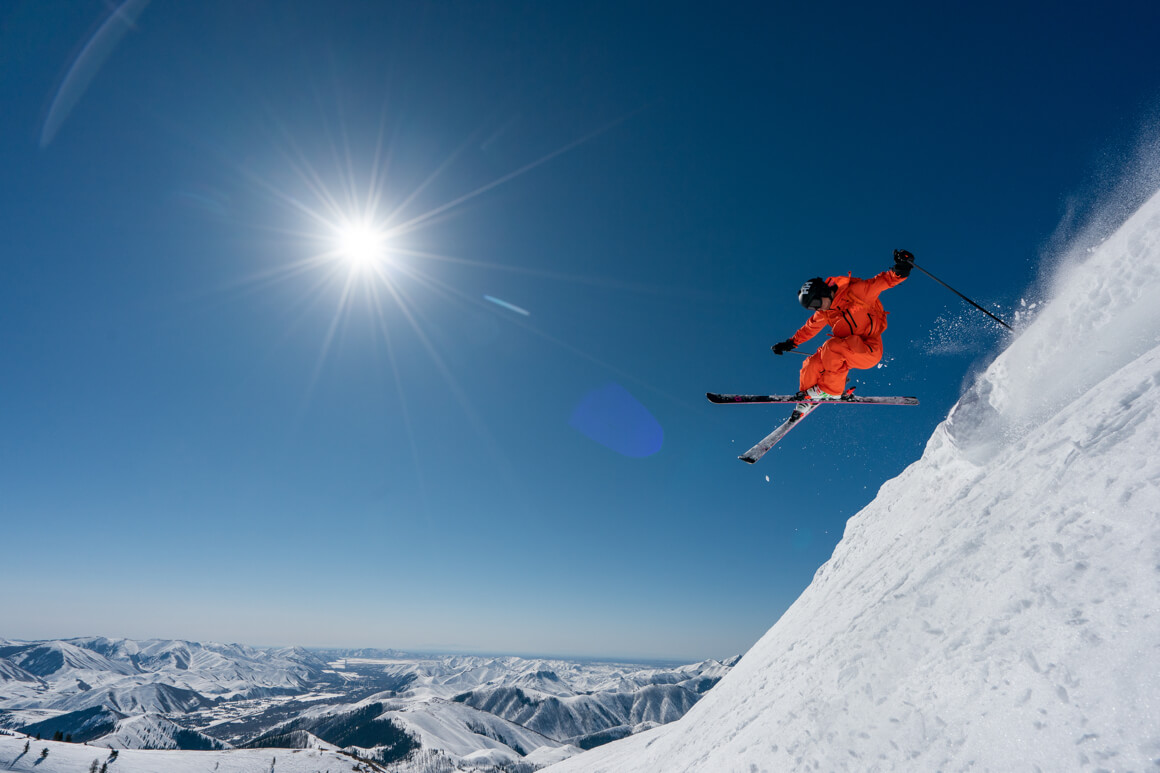
WISDOM
My Dad is famous (among my siblings) for imparting his wisdom on long car rides.
One time, I remember him delivering the following proof of acumen, before we had even left the driveway:
“Jim, there are 3 types of people in this world… those who learn from others' mistakes, those who learn from their own, and those who never learn. I was never in the first category and often found myself in the last. I only ask that you strive to find yourself in the middle.”
I’ve always appreciated that.
Even at 10, the man knew me.
So, 8 months after Caite broke her leg, I sat with my new classmates for our first day of training to become certified Wilderness Emergency Medical Technicians (WEMT).
Never again would I rely on ignorance to aid my pursuit.
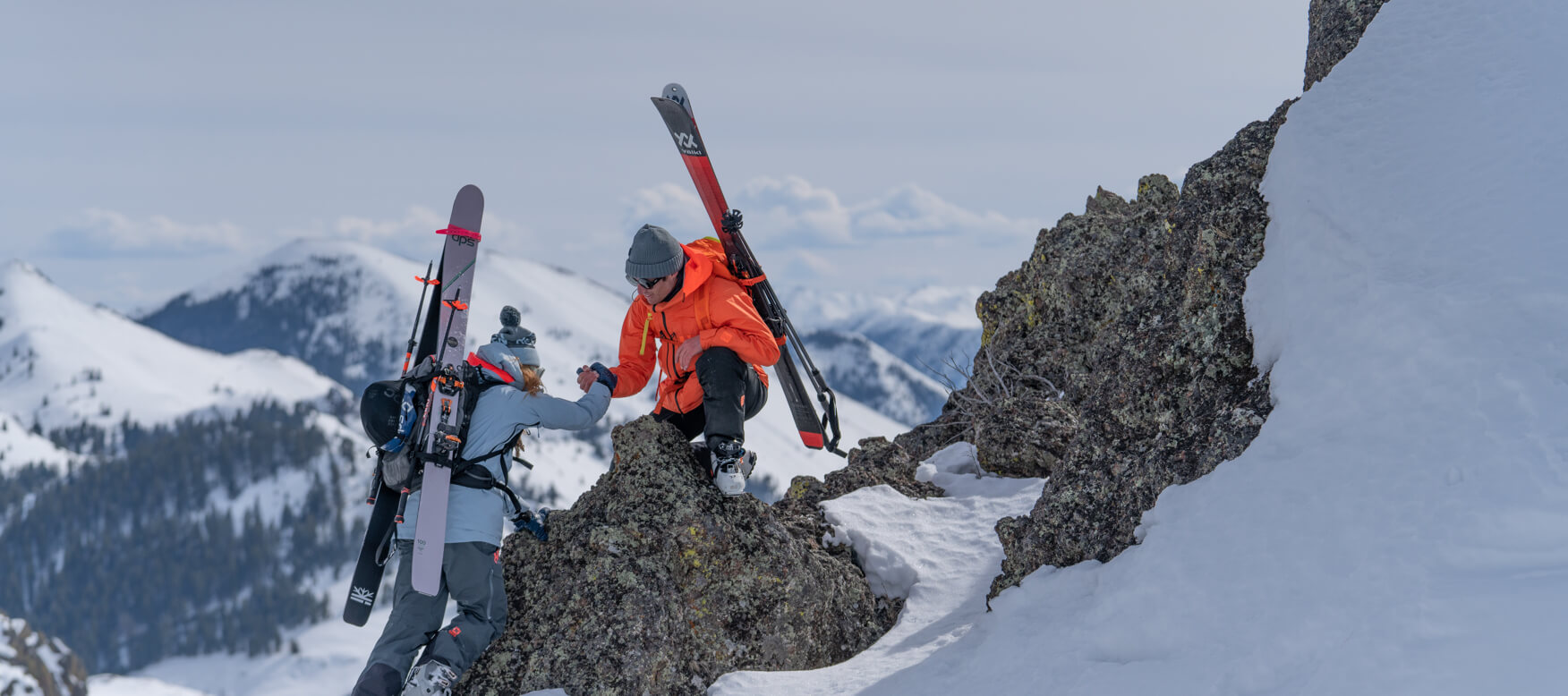
THE COURSE
The course tested me on every front.
It had been years since I had engaged in any sort of formal schooling, and I was out of practice.
The class went from 7:50 AM until 5:00 PM.
And at night, we ran practice scenarios: hyper-realistic emergencies created by our instructors.

In reality, the course was really two courses: how to be a standard EMT (and pass the National EMT exam) and how to provide care in the backcountry. The “W” and the “EMT” were two totally separate things, complete with two separate curriculums; the first curriculum was geared toward EMTs with access to life-saving tools and resources (AED’s, Ambulances, Hospitals, Splints, etc), and the second curriculum was geared toward WEMTs with no access to those things.
Naturally, I took more interest in the latter.
As the course went on, the dualities continued. As students, we were required to be both providers and patients. Each scenario required students to play the role of “savior” and “sick.”

It was through my experience as a patient that I learned empathy.
I learned of the importance of medical knowledge to those who require help.
To be cared for is a powerful experience.
To be cared for well is to participate in part of the sacred practice of being human.
The gratitude I felt for my classmates, as they cared for my wounds and illnesses, echoed the strongest love I have ever felt: the love for someone who helps you for no reason other than compassion.
I felt that love for each of my classmates, in turn.
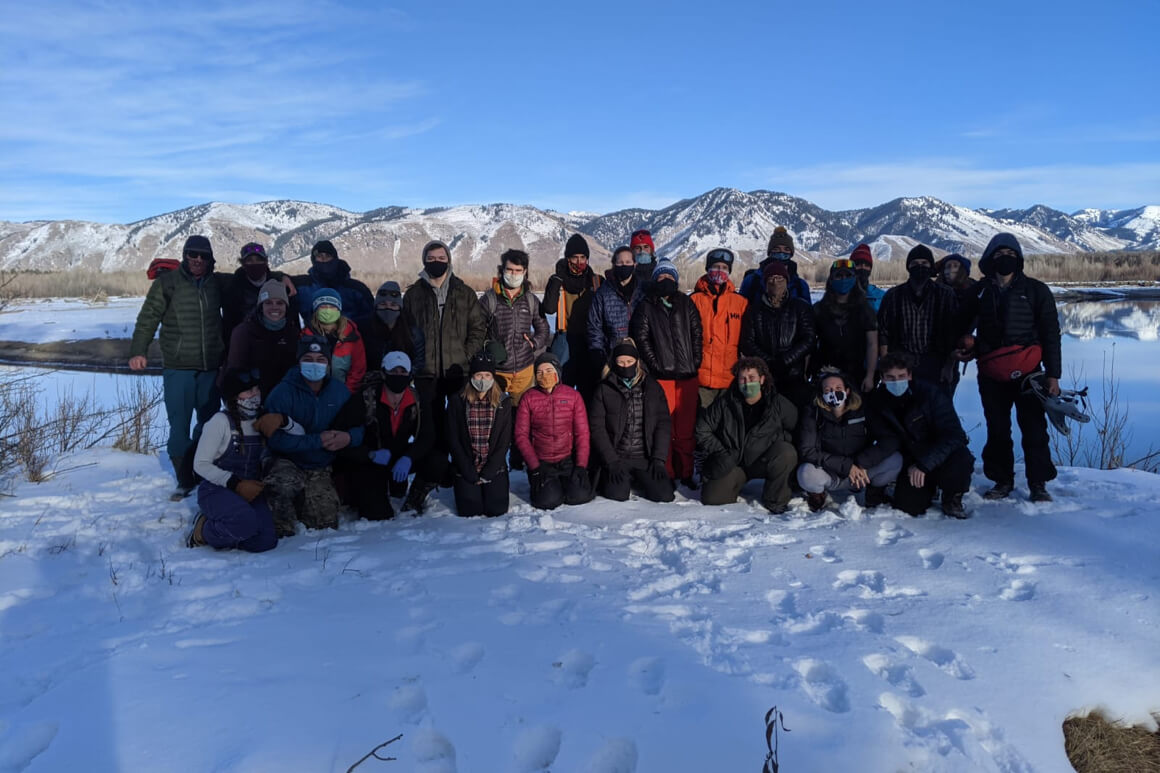
Over the course of the month, I became every sort of victim.
I volunteered to lie in the snow and have ice water poured over me until I became hypothermic. My memory of those 10 minutes for which I sat and shivered (and then didn’t…) alone on the edge of campus is foggy.
My memory of getting my cold and wet clothes cut off of my body has a dreamlike quality.
But the memory of my hand being held as I returned to full consciousness is crystal clear.
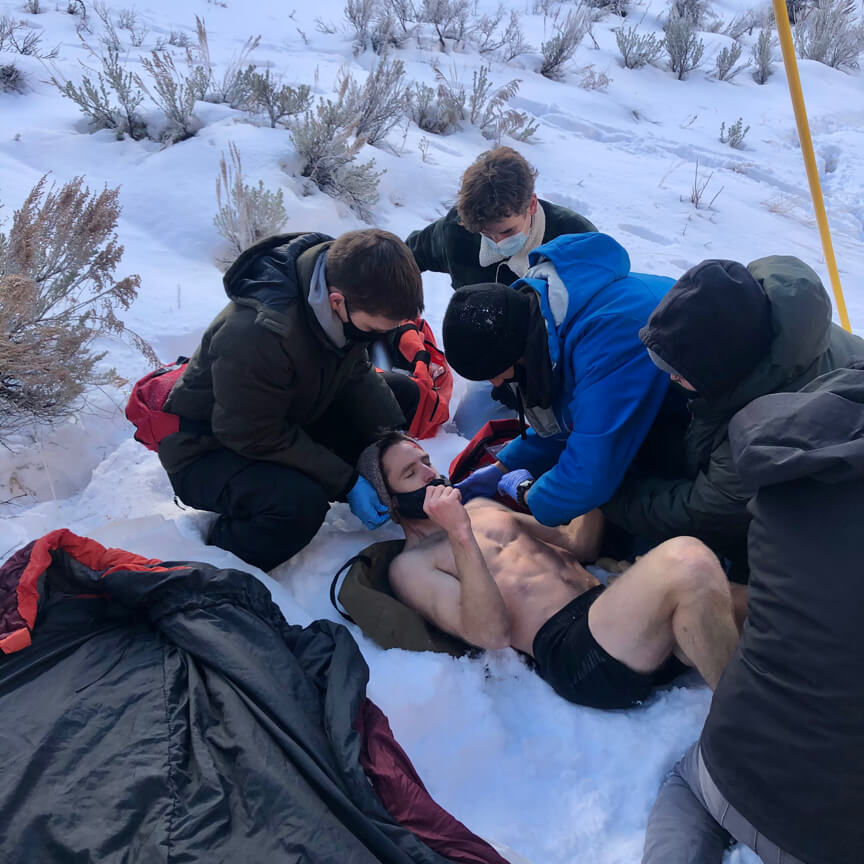
RIGHT CARE
As the two courses continued, I became frustrated with the time spent learning with tools and resources I never anticipated having.
Then I learned the limits of backcountry care.
I learned that sometimes the best care you can provide is a question, sometimes pointed, sometimes open. Sometimes the best care you can provide is an answer to the question: Does this person need help? Like real help?

That's when I became interested in both courses being taught.
I accepted care as a system and myself as only a part.
I decided I wanted to be equipped, no matter where I found myself on the “chain of help”.
So, I learned how to splint a broken leg with a down jacket and how to build a litter out of ski poles, but I also learned so much more…
Like how to recognize appendicitis, cholecystitis, pancreatitis, apnea, pertussis, cystic fibrosis, schizophrenia, sickle cell anemia, peritonitis, pulmonary embolism, renal colic, asthma, rhonchi, abdominal aortic aneurysm, overdose (all kinds), stridor, anaphylaxis, heatstroke, bradycardia, brain injuries, bronchitis, poisoning, carbon monoxide poisoning, cardiac arrest, hepatitis, jugular vein distension, priapism (oh boy), cardiac tamponade, snake bites, stroke, mumps, cardiogenic shock, hemothorax, hemopneumothorax, angina pectoris, influenza, cheyne-stokes breathing, chickenpox, meningitis, epiglottitis, intracerebral hematoma, croup, jaundice, commotio cordis, compartment syndrome, crepitus, edema, dyspnea, and hypoglycemia in a diabetic patient.
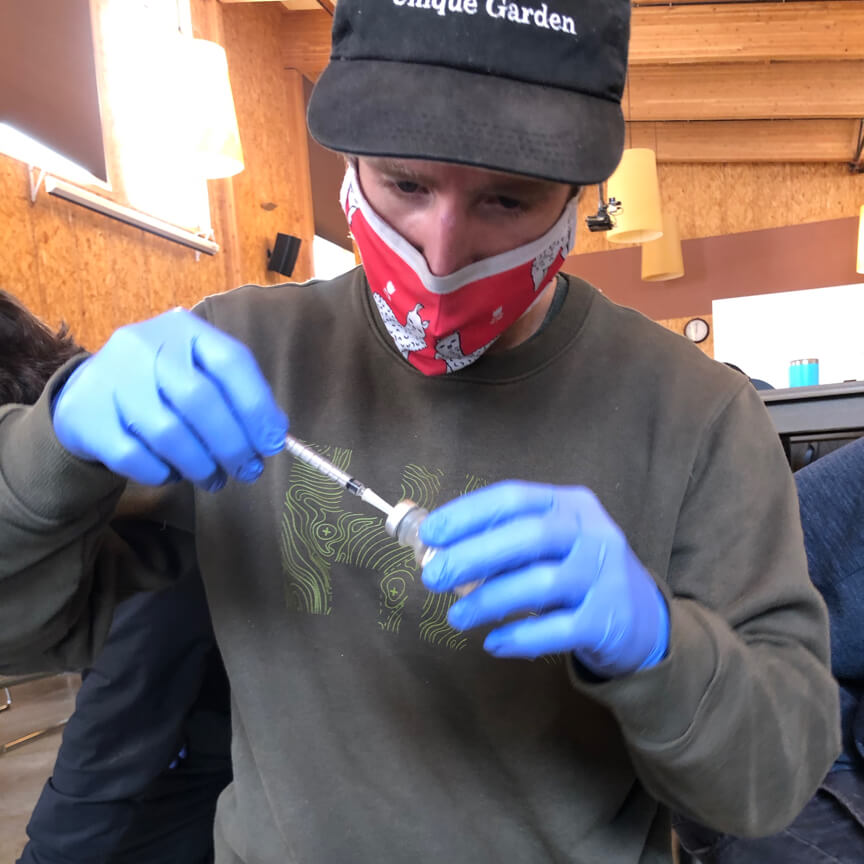
I learned how to inject epinephrine and install a traction splint on a mid-shaft femur fracture.
I learned how to deliver a baby.
I can set up an AED with my eyes closed and deliver CPR like the cast of Baywatch.
I possess the knowledge to stop an arterial bleed with a gloved hand.
I know how to open a closed airway.
I know when to use an occlusive dressing vs. a flutter valve vs. a hemostatic.
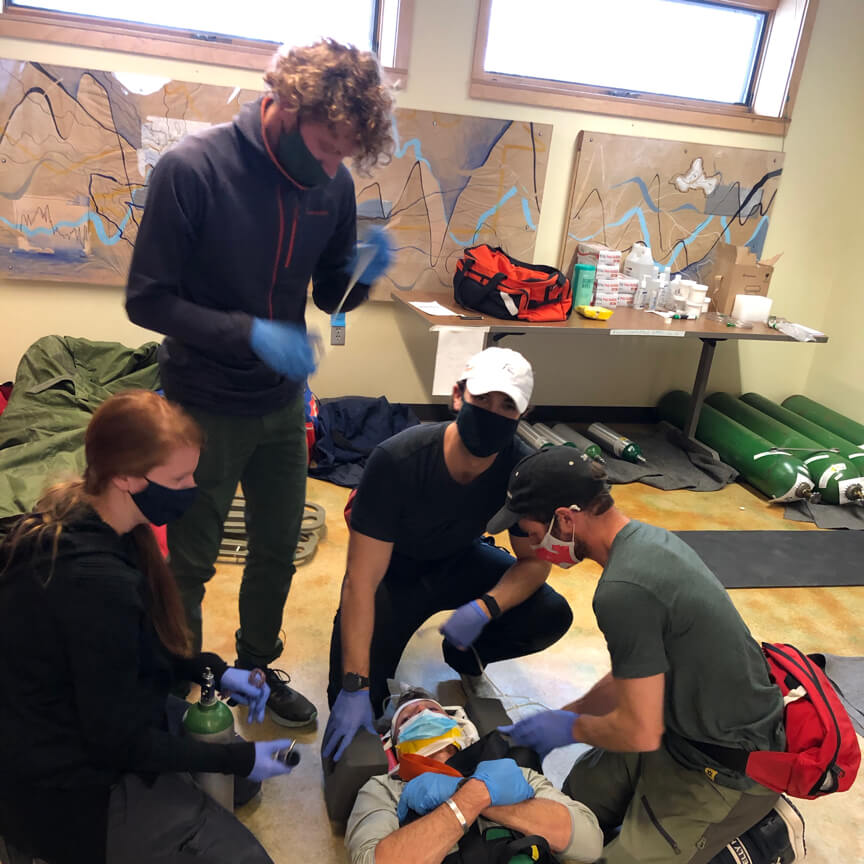
I can backboard an unresponsive patient in 7 minutes flat.
I can recognize when the situation requires care beyond my skill set.
And yes…
I learned the signs and symptoms of shock.

REALITY (REVISED)
Let us return to our video game skier…
Only now is he slightly closer to enlightenment and understanding his frailty on the precipice of oblivion.
Watch as he calms his mind, focuses on the formidable task he has chosen and moves unencumbered by a fate that awaits us all.
He’s unencumbered because he knows that while death is inevitable, he is closer to understanding how it approaches and better at caring for those who need help.
That makes for better cinema, right?
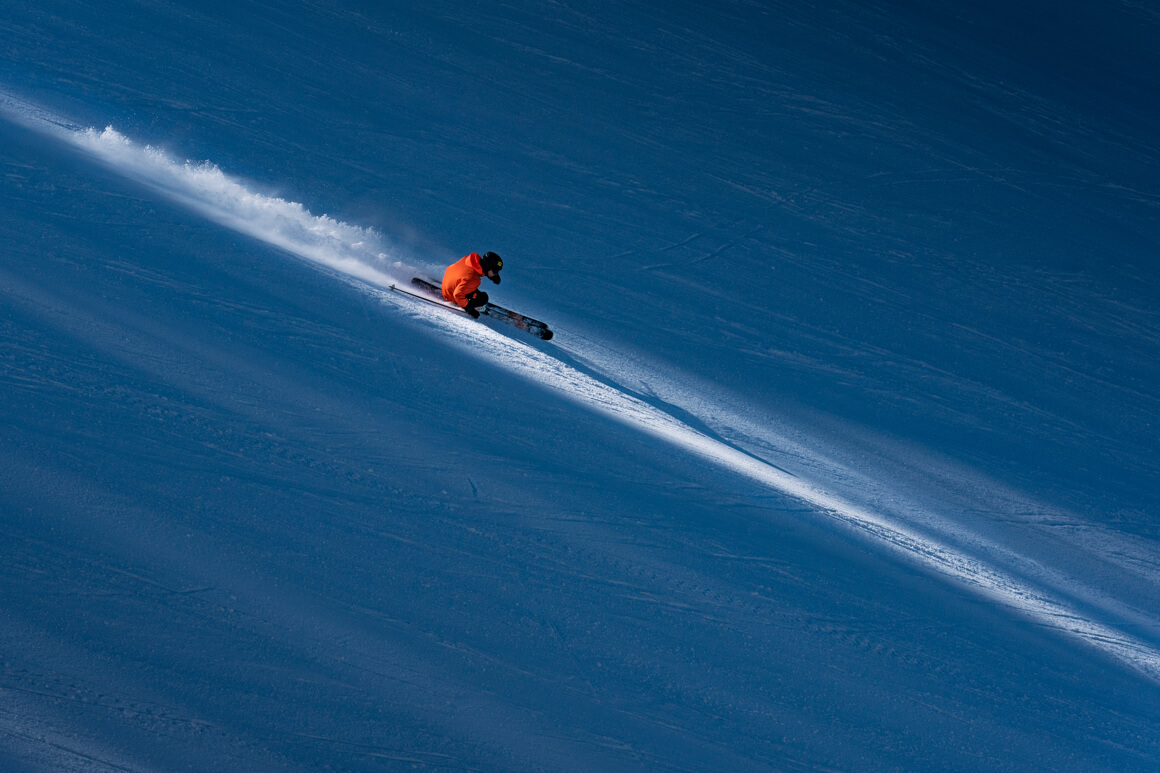
ACKNOWLEDGEMENTS
I’d like to thank my instructors.
To be taught [at all] is a privilege.
To be taught by instructors with such a strong drive to provide information and examples is very special indeed.
And thank you to all my classmates.
I take great solace in knowing that someday, someone like you will be caring for me.
Lastly, I would like to acknowledge Helly Hansen for supporting me in my pursuit to be a better skier, athlete, and partner. Thank you so much.
Jim
(the skier preparing for the unpredictable)
explore helly hansen ski gear

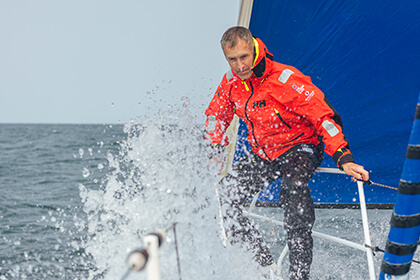
July 18, 2025 6 min read
From business executive to ocean warrior: Scott Shawyer's Be Water Positive mission
Meet Scott Shawyer, the Canadian skipper preparing to take on The Ocean Race Europe 2025 while advocating for global water conservation.
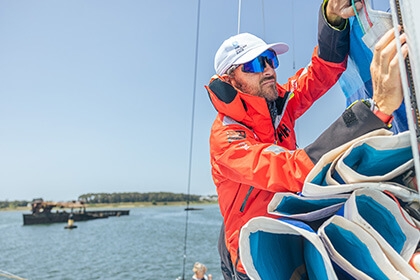
July 15, 2025 5 min read
The Ocean Race Europe 2025 sets sail
Explore the Ocean Race Europe 2025—key dates, cities, and Helly Hansen’s role as the Official Clothing Partner.